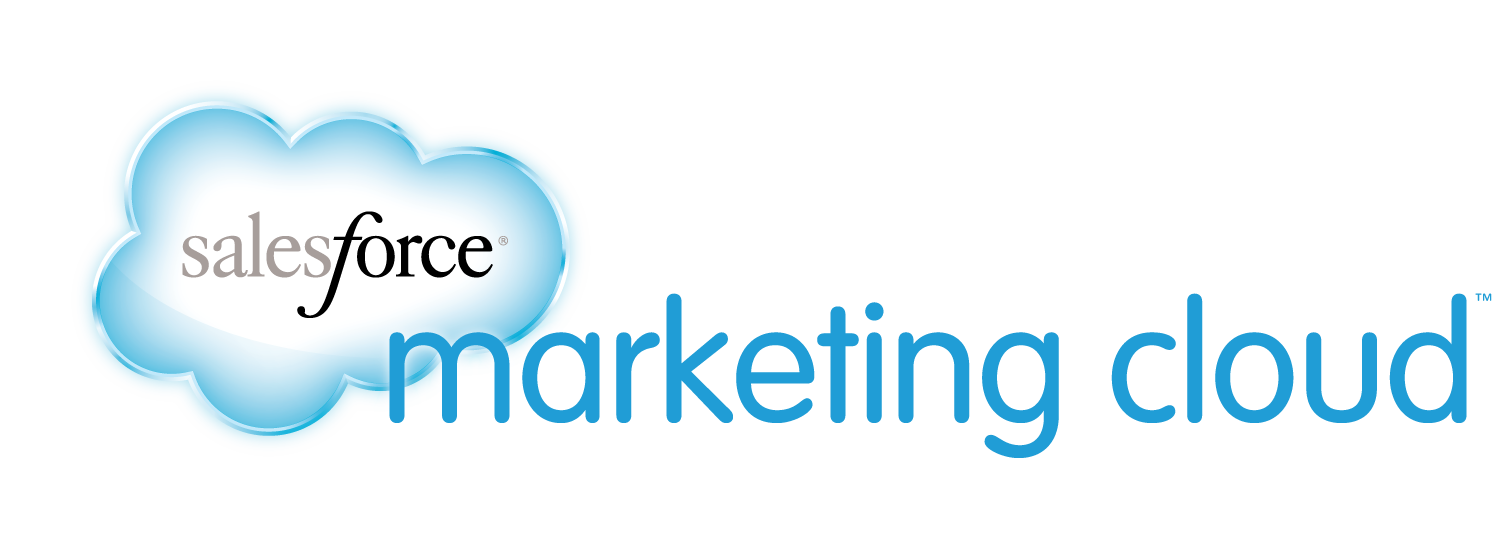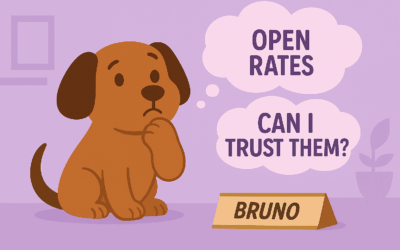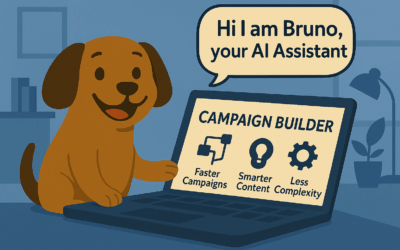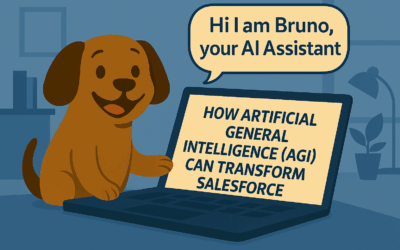Crafting the Perfect Re-Engagement Journey in Marketing Cloud
A “we miss you” message can be the spark that reactivates a dormant customer. In today’s crowded inboxes, even your best customers can forget about you if they stop engaging. Creating a Lifecycle Re Engagement Journey in Salesforce Marketing Cloud (CB_LIFECYCLE_RE ENGAGEMENT) helps you reconnect with these inactive users and remind them why they loved your brand. This journey is about empathy and value: you want to show that you remember them, understand their needs, and have something special waiting for them when they come back.
Why Re Engagement Journeys Matter
Re engagement campaigns are critical for sustaining your customer base and reducing churn. When you succeed at reactivating dormant users, you unlock incremental revenue and extend customer lifetime value. Studies show that acquiring a new customer is five times more expensive than retaining an existing one. A well timed re engagement journey not only brings people back but also reinforces brand loyalty. By reminding users of their past interactions and offering them compelling reasons to return—like exclusive content, personalized recommendations, or special discounts—you can reignite their interest and drive new activity.
Key benefits include:
- Lower customer acquisition costs by maximizing existing relationships
- Increased repeat purchases and subscription renewals
- Higher email deliverability through engagement of dormant contacts
- Stronger brand reputation as customers feel valued and recognized
- More accurate segmentation and list hygiene
Lifecycle Re-Engagement Journey: Simple Setup
You can begin with a straightforward re engagement flow. Use your marketing data to identify customers who haven’t engaged with your emails, website, or app in a defined period—often 60 or 90 days. These customers become your re engagement audience. Create a single “We miss you” email that acknowledges their absence, reminds them of what they’re missing, and invites them back with a modest incentive.
Steps to set up:
- Trigger: Build a SQL query or use Automation Studio to pull contacts who’ve been inactive for your chosen period.
- Send Email: Write a warm and friendly message that resonates with your brand voice. Personalize it with the user’s name and reference previous interactions or purchases. Include a clear call to action—like “Come see what’s new,” “Redeem your special offer,” or “Update your preferences.”
- Incentivize: Offer a gentle incentive to encourage a return. This could be a small discount, free shipping, loyalty points, or exclusive content such as a new blog post or feature update.
- Follow Up: After sending, monitor opens and clicks. If there’s no response after a set timeframe (e.g., seven days), you can send a reminder email with a different subject line and a slightly stronger message.
Even this basic approach can bring dormant users back into your funnel.
Lifecycle Re-Engagement Journey: Advanced Personalization and Optimization
Once you’re comfortable with a simple re engagement email, take your Lifecycle Re Engagement Journey to the next level using the full capabilities of Marketing Cloud’s Journey Builder and Einstein tools. An advanced journey can be multi‟channel, segmented, and adaptive based on user behavior.
Enhancements to consider:
- Multi‟Channel Touchpoints: Complement your emails with SMS reminders or push notifications. Some customers are more responsive to text messages than email. A quick “Hey, we miss you” on their phone can prompt immediate action.
- Dynamic Content: Use AMPscript or Content Builder’s dynamic content blocks to tailor the message to each user. Show different products or services based on past purchase behavior or browsing history. If a user previously bought running shoes, display new models in your re engagement email.
- Segmentation by Churn Risk: Use Einstein Engagement Scoring to evaluate each user’s likelihood of re‟engaging. Offer deeper discounts or special experiences to high‟value customers who are at high risk of churn. Provide lighter nudges to low‟risk segments.
- Progressive Nurturing: Design a series of messages that gradually increase urgency. Start with a gentle reminder, then share new offerings, and finally present a time‟sensitive promotion. Include a survey or feedback request if the user doesn’t respond, asking them to share why they disengaged.
- Automated Win‟Back: Integrate with your commerce or CRM systems to automate offers. For example, if a user hasn’t purchased in six months, send an automated coupon code. If they click through but don’t convert, follow up with a support message offering assistance.
- Real‟Time Audience Refresh: Keep your re engagement segments up to date by running daily or weekly SQL queries in Automation Studio. This ensures new inactive users enter the journey and those who re‟engage exit the journey, preventing them from receiving irrelevant messages.
Measuring Success: KPIs That Matter
To ensure your Lifecycle Re Engagement Journey is achieving its goals, track key performance indicators and iterate on your strategy. Important metrics include:
- Reactivation Rate: The percentage of dormant users who open an email, click through, or make a purchase after entering the journey.
- Open Rate and Click‟Through Rate: Monitor these to gauge subject line effectiveness and message relevance. A significant lift indicates your content resonates.
- Conversion Rate: Measure the number of re‟engaged users who complete a desired action—such as logging in, updating preferences, or making a purchase.
- Return on Investment (ROI): Compare the revenue from re‟engaged users against the cost of incentives and marketing efforts.
- List Hygiene Improvements: Track how your re engagement program helps maintain a healthy contact list by removing truly inactive addresses and retaining those who re‟engage.
The Payoff: Re‟Ignited Relationships
A thoughtful Lifecycle Re Engagement Journey demonstrates that your brand values its community. By reaching out to dormant users with empathy, personalization, and relevant offers, you remind them why they connected with your brand in the first place. You can rekindle their interest, increase their lifetime value, and build loyalty. When you show that you miss them and have something valuable to offer, many will respond positively.
Whether you start with a simple “We miss you” email or build an advanced multi‟channel journey, the key is to understand your audience and deliver genuine value. Test different subject lines, incentives, and content types. Use your Marketing Cloud data to measure results and refine your approach. Over time, your Lifecycle Re Engagement Journey will become a powerful tool for sustaining growth and reducing churn. By dedicating energy to re‟engaging dormant customers, you turn lost opportunities into renewed relationships.
Ready to bring your customers back? Design a Lifecycle Re Engagement Journey that combines heartfelt messaging with data‟driven insights, and watch your dormant users come alive again.
For more inspiration, check out our article on crafting the perfect anniversary journey and explore these re-engagement campaign examples to refine your Lifecycle Re-Engagement Journey in Salesforce Marketing Cloud.



